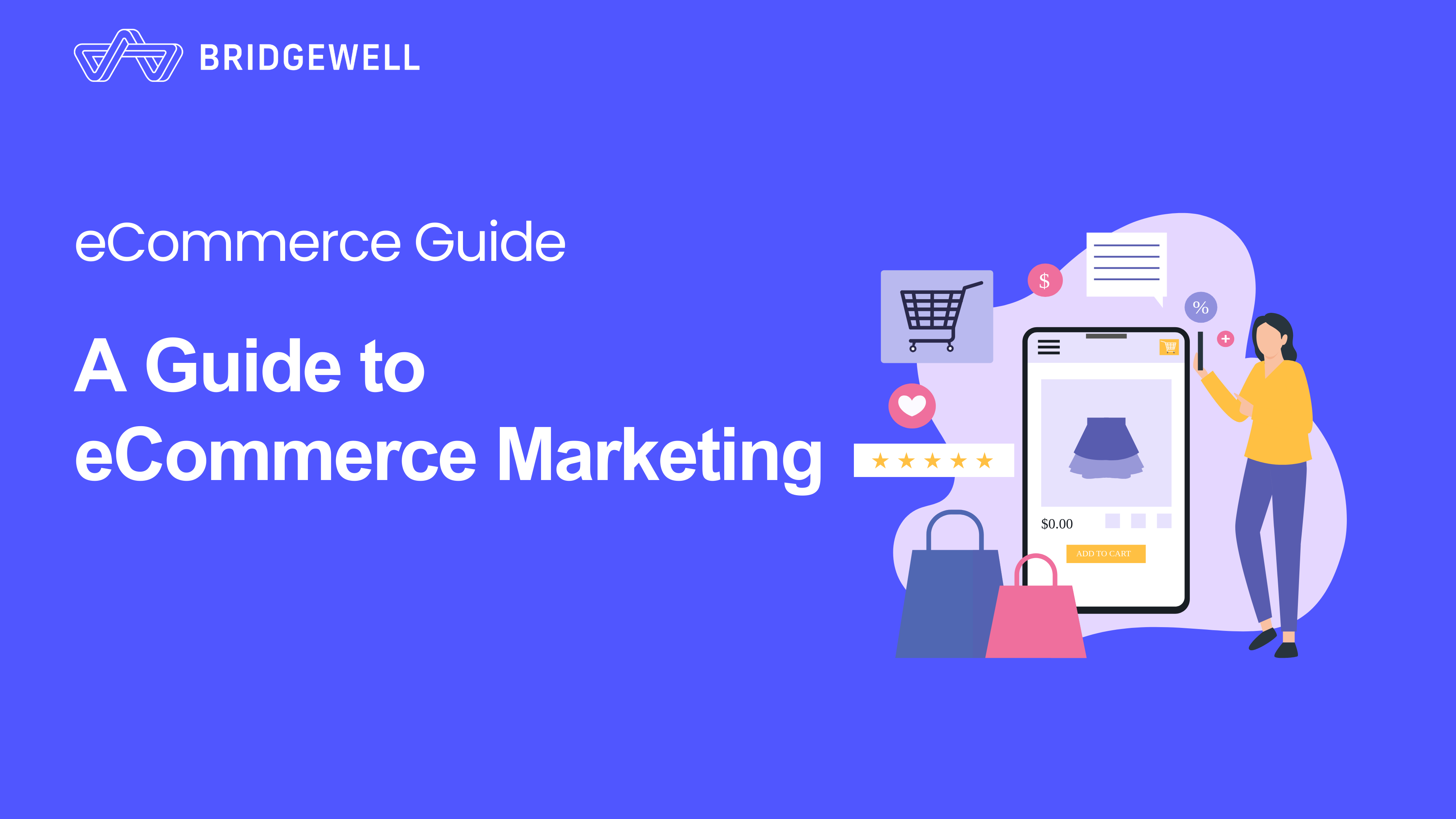E-commerce advertising refers to purchasing ad placements on websites, social media platforms, and search engines to promote products and brands. By leveraging consumer search behavior and interests, businesses can target the right audience with precision, driving more potential customers to their store.
The Intense Competition in Digital Advertising & Why E-Commerce Marketing Is Essential
The digital advertising landscape is more competitive than ever. In fact, a staggering 92% of advertisers incorporate search ads into their e-commerce marketing strategies, and this trend shows no signs of slowing down. In the U.S., digital ad spend is projected to grow by 50% by 2028.
There’s a clear reason behind this growth—digital advertising has become a critical driver of marketing success. It not only boosts website traffic but also enhances brand awareness and effectively converts potential customers into actual sales. In an increasingly saturated market, businesses that fail to invest in smart, data-driven digital ad strategies risk falling behind.
–
What Is E-Commerce Advertising?

E-commerce advertising refers to the use of paid digital ads to promote products or services across various online platforms, including social media, websites, and search engine results. Unlike traditional advertising—such as billboards, magazine spreads, TV commercials, or transit ads—e-commerce ads are designed to drive online visibility and conversions.
Simply put, the goal of e-commerce advertising is to get your brand and products in front of the right audience online and drive sales. Ever scrolled through Instagram Reels and spotted a compelling product with a “Buy Now” button? That’s digital advertising in action! And its impact is undeniable—in 2024, social media-driven purchases are expected to account for 18.5% of total e-commerce sales.
–
The Benefits of E-Commerce Advertising
A solid e-commerce marketing strategy is key to building a successful online business—but what specific results can e-commerce advertising deliver? Here are some major advantages digital ads offer to e-commerce marketers:
Increase Website Traffic
With prospecting (finding new customers) and remarketing (re-engaging past visitors), digital ads help attract more visitors to your site and expand your customer base.
Maximize ROI
An effective e-commerce ad strategy helps brands boost sales while lowering ad costs, ultimately reducing customer acquisition costs (CAC) and making marketing budgets work harder.
Boost Brand Awareness
Modern digital marketing tools ensure your brand gets noticed, no matter where potential customers are. Platforms like TikTok video ads or Google Shopping ads help consumers discover and remember your brand.
Convert Hesitant Shoppers
Some shoppers visit your site, browse products, or even add items to their cart—but don’t complete the purchase. Targeted ads can bring them back and encourage them to follow through.
When done right, e-commerce advertising isn’t just about spending—it’s a powerful tool for driving real business growth!
–
E-Commerce Advertising Strategies
Reach Your Audience in the Right Place
“Choosing the right marketing channels means showing up where your customers already are.”
Want to know which apps your target audience prefers and where they’re most active on social media? You can find out through focus groups, industry research, or by analyzing social media data and audience behavior. However, beyond identifying where consumers are, brands also need to evaluate the convenience, cost, and time investment of different ad channels. For example, platforms like Shopee have specific restrictions on ad placements.
“The advantage of running your own store or a DTC (direct-to-consumer) brand is that you’re not restricted like you would be on eBay. You have more flexibility in choosing ad channels. If you’re running paid ads, it’s Google and Facebook—there’s no other way around it.”
Many marketers recommend allocating most of your paid ad budget to these two platforms, as they cover the majority of websites and social media advertising, offering the broadest reach and highest conversion potential.
–
Segment Your Audience for Targeted Ads
Whether it’s content marketing or digital advertising, audience segmentation is crucial. But when it comes to paid ads, it’s non-negotiable. The core idea of audience segmentation is to break your target customers into different groups, allowing your ad content to align with specific interests and drive higher conversions.
This process requires data analysis, including researching your customer base and running A/B tests to understand which messaging resonates best with different audiences. Whether you’re targeting existing customers or new prospects, understanding your audience before running ads is essential.
By identifying the audience segments that connect with your brand and products, testing different approaches, and refining your strategy, your ad performance will significantly improve over time.
–
Bid on Your Brand Name to Secure Search Visibility
We strongly recommend that every new brand invest in Google Search Ads for their own brand name. This ensures that when potential customers search for your brand, your site appears at the very top. If your brand isn’t ranking high in search engine results pages (SERPs), customers will have to manually enter your full URL, which creates a major barrier for e-commerce brands.
For example, when you search for “Bridgewell” on Google, you’ll not only see organic search results (as Google indexes our website over time) but also our paid ad placed at the top. This allows your brand to take up more space on the results page, making it easier for customers to find you.
–
Launch Prospecting Ads to Attract New Customers
Prospecting ads target cold audiences—people who haven’t interacted with your brand before. Social media ads are a great way to reach potential customers, but broad exposure alone won’t necessarily drive sales. The key is to:
- Define a precise target audience
- Use relevant keywords
- Pair ads with long-term marketing strategies (like email marketing and remarketing campaigns)
- Craft compelling ad copy
“These people have never heard of your brand or your products. Your goal is to get them to your site and build brand awareness.”
For instance, when setting up a Facebook prospecting campaign, you might think:
“I want to target people who love cats and are also interested in fashion.”
These users may have never seen your brand before, but if you show them an ad for a “Funny Cat-Themed T-Shirt”, they might find it interesting and decide to buy. This approach converts at a much higher rate than randomly advertising to a broad audience.
–
Optimize Google Shopping Ads to Boost Conversions
Google Shopping Ads are a highly effective traffic source because they direct consumers straight to product pages—bringing them one step closer to making a purchase. This makes Shopping Ads a powerful tool for driving conversions.
Think of Google Shopping as an extension of your e-commerce store. With its built-in organic traffic, a well-optimized Shopping campaign ensures that your products appear at the top when consumers search for them.
How to Improve Google Shopping Ad Performance:
- Use high-quality product images to make your listings more visually appealing
- Offer promotions or discounts to increase click-through and conversion rates
- Optimize product keywords to ensure your ads reach the right audience
- Set negative keywords to prevent ads from showing up in irrelevant search results
By applying these strategies, brands can maximize the impact of Google Shopping Ads and achieve better results in a highly competitive market.
–
Use Google Search Ads to Help Customers Find You Faster
–
When you search on Google, you’ll see organic search results, which Google ranks based on content quality and relevance. However, at the top of the page, you’ll often find sponsored ads—these are Google Search Ads.
Unlike Google Display Ads, which typically appear as banner ads on other websites and often include images, Google Search Ads are text-based ads that show up when someone searches for specific keywords. This gives brands a chance to secure a top position in search results and reach potential customers at the moment they’re looking for relevant products or services.
–
The Power of Keyword Targeting in Google Search Ads
The core of Google Search Ads is keyword bidding, ensuring that your brand appears in the right search results. One of the most fundamental strategies is bidding on your own brand name to make sure customers find you first when they search for your business. But beyond that, there are several ways to optimize your search ads for better performance:
- Target the right audience – One of the key principles of digital marketing is tailoring ads to different customer segments. Make sure your ad headlines and descriptions align with user search intent and include clear calls to action (CTAs) like “Shop Now” or “Get a Free Trial” to guide users toward the next step.
- Monitor performance data – Google Search Ads provide valuable insights into what’s driving conversions and what’s attracting clicks but not resulting in sales. Regularly reviewing these metrics and adjusting your bidding strategy ensures your budget is used efficiently.
- Test and optimize continuously – Digital advertising isn’t a one-time setup. You should regularly test different ad copy, keywords, and formats, adjusting based on conversion data to improve sales over time.
–
Optimize Your Website to Improve Conversion Rates
Even the best online ads won’t drive sales if your website experience is lacking. At the end of the day, e-commerce success depends on product appeal and a seamless user experience. To convert visitors into customers, your website must be well-optimized and user-friendly.
Here are a few key areas to focus on:
- High-quality product images – Clear, visually appealing images help customers quickly understand product details and boost engagement.
- Concise and compelling product descriptions – Avoid lengthy text. Highlight key features and benefits to make it easy for shoppers to see why they should buy.
- Encourage customer reviews and recommendations – A simple review system makes it easier for satisfied customers to share their experiences, increasing brand credibility.
- Streamline the checkout process – Make sure checkout is smooth and hassle-free to prevent customers from abandoning their purchases due to a complicated process.
When every detail of your website is designed to enhance the customer experience, it not only strengthens brand perception but also improves conversion rates—turning ad-driven traffic into actual sales.
–
E-Commerce Advertising FAQ
What is e-commerce advertising?
E-commerce advertising refers to purchasing ad placements on websites, social media platforms, and search engines to promote products and brands. By leveraging consumer search behavior and interests, businesses can target the right audience with precision, driving more potential customers to their store.
Which platform is best for e-commerce advertising?
Google Ads (including Search, Display, and Shopping Ads) is one of the most popular platforms for e-commerce advertising. It allows brands to bid on keywords and show ads on relevant websites based on budget and targeting preferences.
Beyond Google, advertisers can choose additional platforms based on audience behavior. For example, Facebook and Instagram ads are ideal for engaging social media-driven consumers, and when combined with Google Ads, they create a more well-rounded marketing strategy.
What’s the difference between e-commerce marketing and e-commerce advertising?
E-commerce marketing refers to all strategies used to attract and retain customers, including content marketing, SEO, social media management, and email marketing.
E-commerce advertising, on the other hand, is a subset of e-commerce marketing, specifically focused on using paid digital ads to acquire customers. If you’d like a deeper comparison between the two, check out our comprehensive guide.
